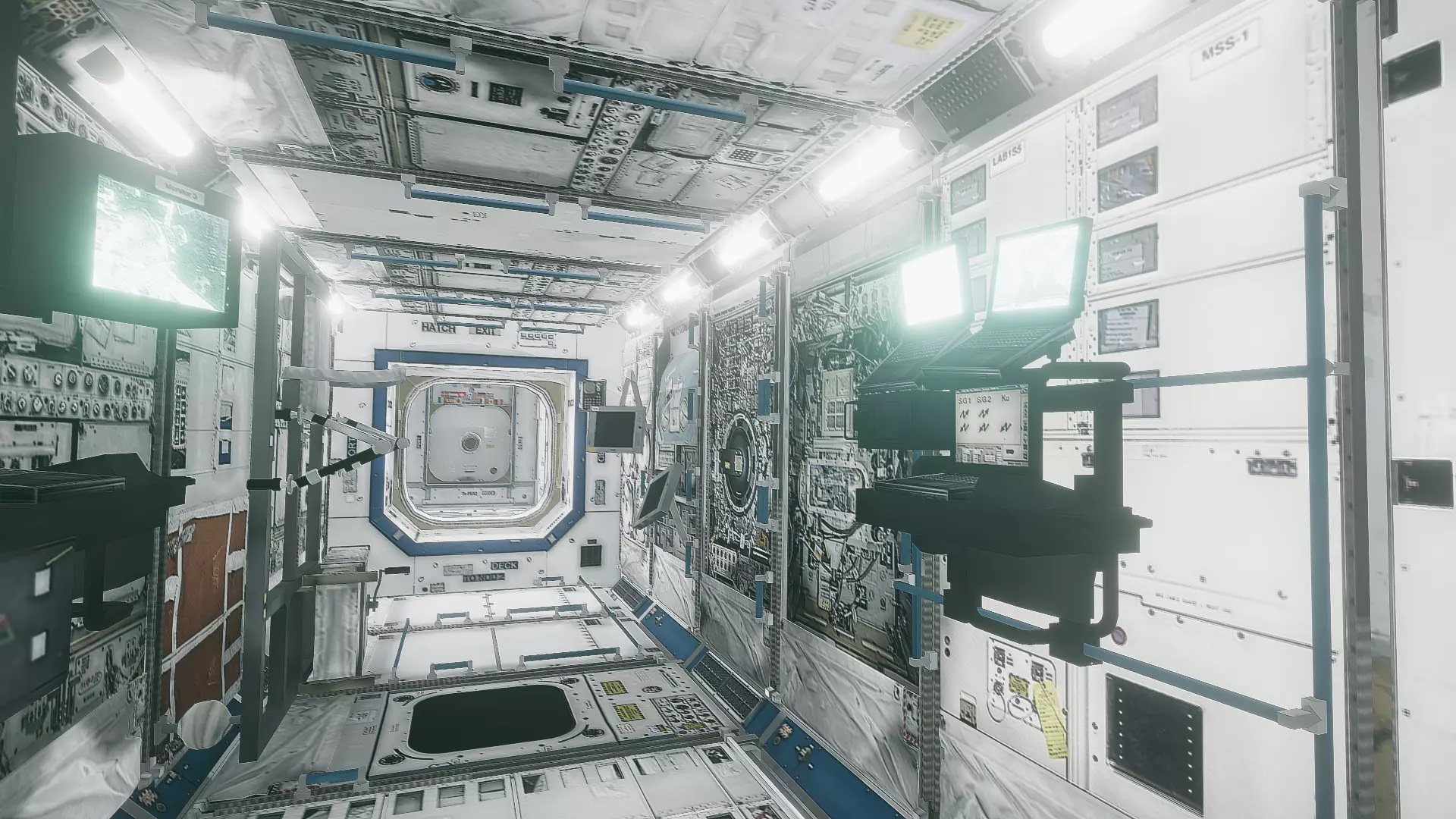
The cookie stores information anonymously and assigns a randomly generated number to recognize unique visitors.Ī variation of the _gat cookie set by Google Analytics and Google Tag Manager to allow website owners to track visitor behaviour and measure site performance. The _ga cookie, installed by Google Analytics, calculates visitor, session and campaign data and also keeps track of site usage for the site's analytics report. These cookies help provide information on metrics the number of visitors, bounce rate, traffic source, etc. It does not store any personal data.Īnalytical cookies are used to understand how visitors interact with the website. The cookie is set by the GDPR Cookie Consent plugin and is used to store whether or not user has consented to the use of cookies. The cookie is used to store the user consent for the cookies in the category "Performance". This cookie is set by GDPR Cookie Consent plugin. The cookie is used to store the user consent for the cookies in the category "Other. The cookies is used to store the user consent for the cookies in the category "Necessary". The cookie is set by GDPR cookie consent to record the user consent for the cookies in the category "Functional". The cookie is used to store the user consent for the cookies in the category "Analytics". Set by the GDPR Cookie Consent plugin, this cookie is used to record the user consent for the cookies in the "Advertisement" category. This cookie is set by the Google recaptcha service to identify bots to protect the website against malicious spam attacks. These cookies ensure basic functionalities and security features of the website, anonymously. Necessary cookies are absolutely essential for the website to function properly. In these sleeping quarters, the only audible noise generated by the station comes from the fans providing airflow for comfortable sleeping conditions. To do this, the sleeping enclosures are located at the edges of the station and are fitted with doors that can close them off from the surrounding area. To avoid sleep disturbances, these sleeping pods aim to achieve sound levels of 50 dBA or quieter. When it comes time to wind down from a busy day, crew members have designated sleeping pods where they can have a brief respite from the station’s ever present noise. These continuous noise sources are major factors in the crew members’ daily noise exposure, just like they are when used for HVAC in office buildings, residences, and labs here on Earth. “…now I can’t remember what it is like to be in silence.” Upon leaving the station, Kelly reminisced about his sonic experience: This stood true for 520 days, nearly a year and a half, during Kelly’s stay aboard the ISS. “…our lives without fan noise were over…” US astronaut Scott Kelly remarked in his Book Endurance that upon first arriving at the ISS, It takes a lot of fans and compressors running continuously to maintain stable conditions for humans. The atmosphere is designed to mimic earth’s atmosphere, where sound propagates through air from a source to a receiver.


Other, more constant noise sources come from equipment required to keep the artificial atmosphere aboard the ISS human friendly.


 0 kommentar(er)
0 kommentar(er)
